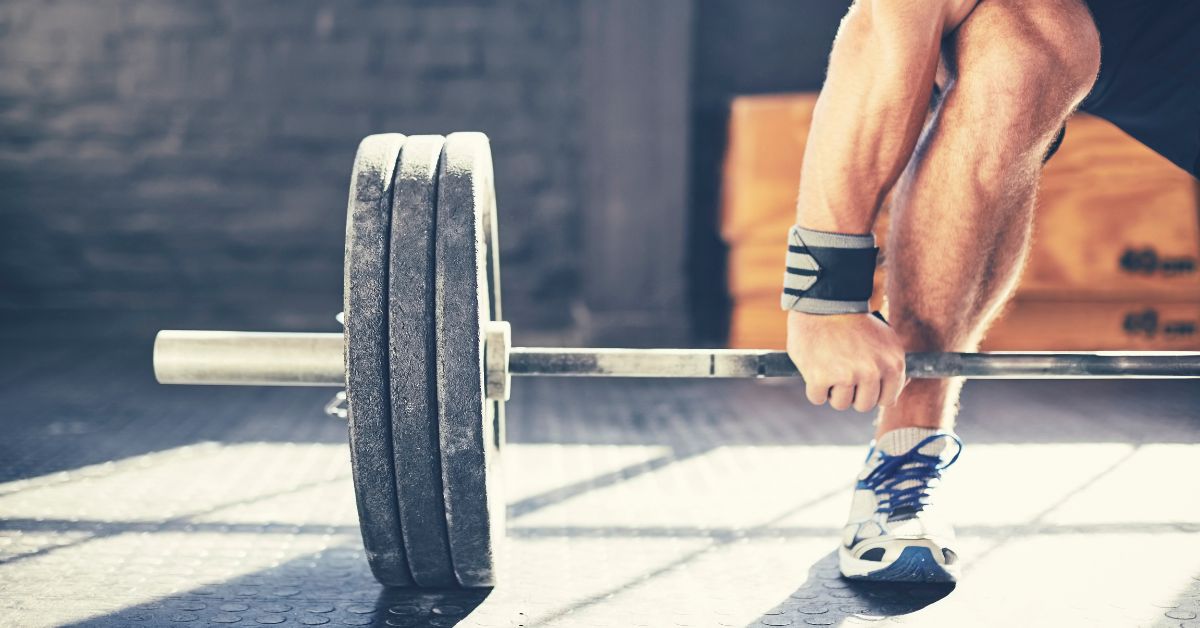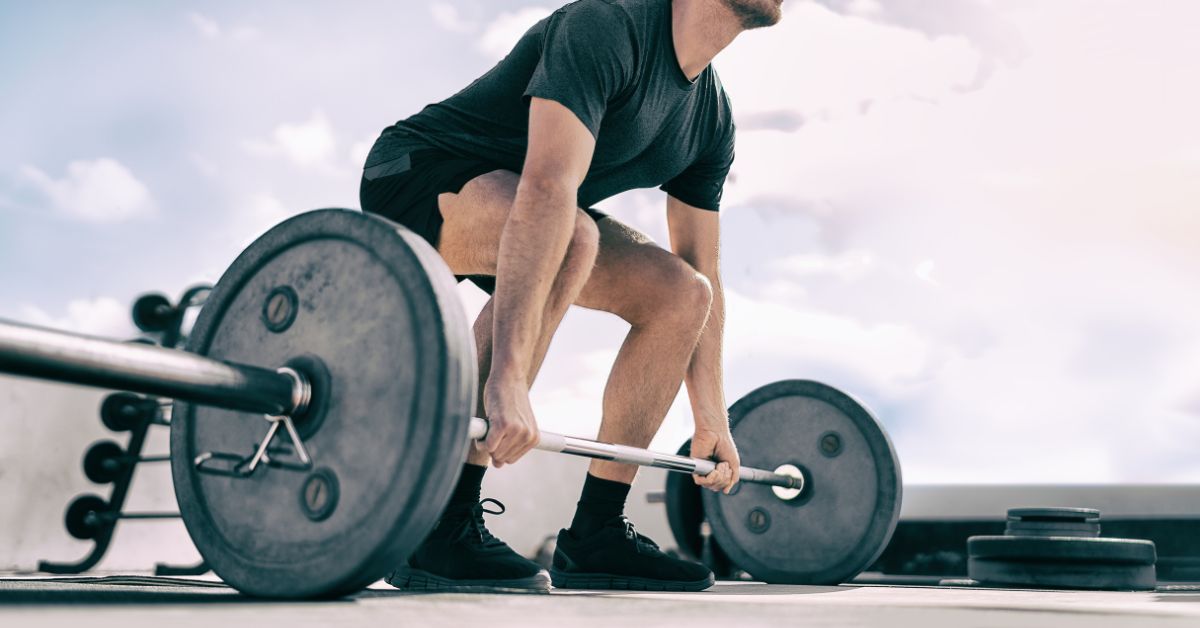
Want to sculpt a strong lower body and build some serious muscle? The Romanian Deadlift (RDL) might be the exercise for you.
This exercise is a variation of the conventional deadlift, but it targets your hamstrings, glutes, and lower back in a way that’ll help you build impressive muscle definition. Proper form is key to getting the most out of this exercise, and this guide will ensure you’re doing it like a pro.
Here’s everything you need to know to perfect your Romanian deadlift form to maximize your gains and avoid injuries.
Understanding the Romanian deadlift

At its core, the RDL is a hip hinge movement. Unlike the conventional deadlift, where the bar travels down your shins almost to the floor, RDL is all about hinging at the hips, keeping your back flat and core engaged as you lower the weight.
This translates to real-world benefits you’ll actually feel. Think improved posture, better performance in other exercises, and even less back pain (as long as your form is on point). But perform it incorrectly, and the RDL can put unnecessary stress on your lower back, which is the opposite of what we’re going for.
What does a Romanian deadlift work?
Here’s how the RDL targets different muscle groups:
- Hamstrings: As you lower the weight, your hamstrings go through a lengthening (eccentric contraction) and shortening (concentric contraction) phase. This stretch and squeeze stimulates growth and strengthens these muscles, increasing hamstring strength and definition.
- Glutes: Your glutes, also known as the gluteus maximus, are the largest muscles in your body. During the RDL, they act as stabilizers for your hips and core. As you lower the weight and push your hips back, your glutes contract to maintain your posture and control the movement. Strong glutes contribute to a sculpted backside and improve overall power transmission throughout your body, leading to better performance in other exercises.
- Lower back: While not the primary target, your lower back muscles engage isometrically throughout the RDL. This means they contract to maintain a neutral spine posture, which protects your back from injury. This isometric hold also strengthens your core, improving stability and reducing the risk of lower back pain.
Benefits of the Romanian deadlift
The Romanian deadlift isn’t just another exercise; it’s a multi-tool for building strength, improving performance, and protecting your body.
Here’s how the RDL can benefit your workout routine:
- Sculpted lower body: Unlike traditional deadlifts, the RDL focuses on your hamstrings and glutes, the muscles that make up your backside. This targeted training approach leads to a more defined and powerful lower body.
- Stronger posterior chain: Your posterior chain (e.g., hamstrings, glutes, and lower back muscles) helps you perform everyday activities like bending down, lifting groceries, or climbing stairs. The RDL strengthens these muscles, making it easier to go about your day-to-day tasks and reducing the risk of injury.
- Core stability: Maintaining a neutral spine throughout the RDL requires constant engagement of your core muscles. The RDL’s emphasis on proper form with a flat back further minimizes stress on your lower back, making it a safer alternative to traditional deadlifts for those with pre-existing back pain.
- Improved hip mobility: The RDL’s hinge movement pattern improves hip mobility, athletic performance, and overall movement efficiency. Increased hip mobility also helps reduce the risk of injury and allows for better execution of other exercises that require hip extension, such as squats and lunges.
- Better grip strength: The RDL strengthens your grip strength as you hold onto the weight throughout the exercise.
How to do the Romanian deadlift
Here’s a quick step-by-step guide on how to perform the Romanian deadlift, according to David Kingsbury, the founder and head trainer at Opus Fitness:
- Stand with your feet shoulder-width apart and the weight (dumbbells or a barbell) held in front of your thighs. Engage your core by bracing your abdominal muscles like you’re about to be punched in the stomach.
- Hinge at your hips, push your glutes back and keep a slight bend in your knees.
- Maintain a straight line from head to heel. Lower the weight, keeping your shoulder blades pinched and your head aligned with your spine. You should feel a nice stretch in your hamstrings!
- Once the weight reaches just below your knees, drive your hips forward and squeeze your glutes to return to the starting position.
Remember, proper form is key. If done incorrectly, you could cause more harm than good.
Romanian deadlift form tips from the pros
You’ve got the basic RDL movement down, but nailing the proper form will keep you safe and help you reach your fitness goals.
Here are some pointers from Kingsbury and Hannah Bright, personal trainer and nutrition coach at DW Fitness First, as told to Men’s Health:
- Not everyone starts with the same hamstring flexibility. According to Kingsbury, depending on your height, the weight should ideally stop somewhere between your kneecap and mid-shin. Taller individuals can typically lower it closer to the knees. “You don’t want to go too far down,” he tells Men’s Health. “It depends on your flexibility, but if you try and move through too great a range, you’ll start to bend from your back, and you won’t control it with the right muscles.”
- A flat back is crucial for proper RDL form. Bright recommends avoiding craning your neck up or looking down excessively and maintaining a neutral gaze in line with your spine to keep your neck in a healthy position throughout the movement.
- Another common mistake is forgetting to engage your upper back muscles. This can lead to your shoulders rounding forward as you lower the weight. To prevent this, consider squeezing your shoulder blades together and maintaining a tight upper back throughout the exercise.



